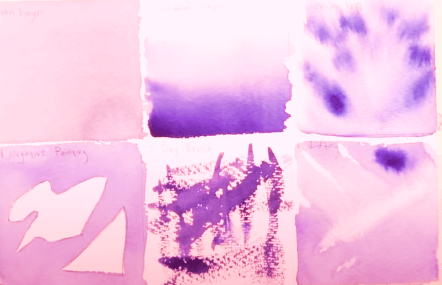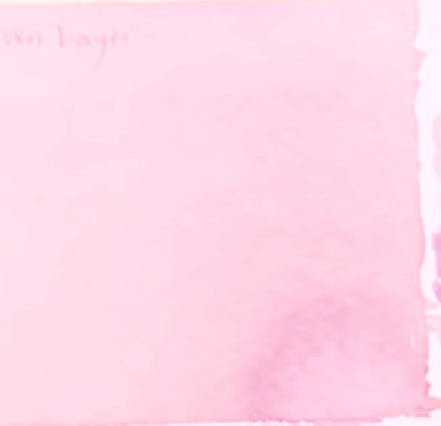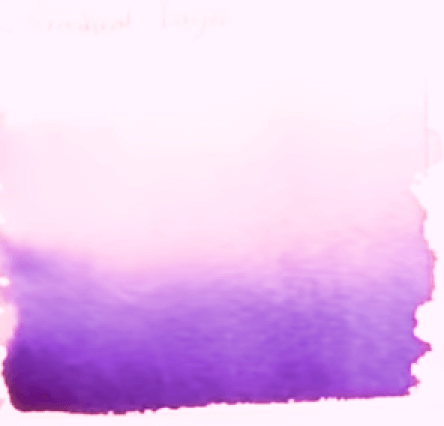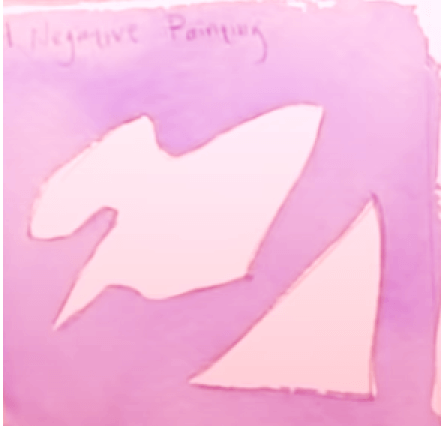Watercolor painting is a wonderful medium that allows for beautiful, dreamy effects with its transparent layers of color. However, mastering watercolor techniques can be challenging, especially for beginners. In this article, we will explore some fundamental watercolor techniques that will help you create beautiful, harmonious color in your paintings.

Even Color

One of the most important techniques in watercolor painting is being able to paint even color. This means avoiding splotchy or patchy areas in your painting. To achieve this, you can wet the area you want to paint first, then apply your color in a smooth, even stroke. Alternatively, you can mix your color well and then apply it in layers, letting each layer dry completely before applying the next.
Gradient Layering

Another useful technique in watercolor painting is gradient layering. This technique involves blending colors together smoothly, creating a gradual transition from one color to another. To achieve this, you can start by painting a base color, then add a second color to the wet area, letting the colors blend together. You can also layer colors on top of each other, allowing each layer to dry before adding the next. This creates a beautiful, layered effect.
Wet-on-Wet Painting

Wet-on-wet painting is a technique where you apply wet paint to a wet surface. This technique creates beautiful, soft edges and can be used to create beautiful backgrounds or to blend colors together. To achieve this, simply wet the area you want to paint first, then apply your paint. You can also add additional colors while the area is still wet, allowing them to blend together. Read our full guide to wet-on-wet here.
Negative Painting

Negative painting is a technique where you paint the areas around the subject rather than the subject itself. This technique creates beautiful, intricate designs and adds depth to your painting. To achieve this, paint the areas around the subject first, then use an eraser or a dry brush to remove the paint from the subject itself.
Dry Brush

Dry brush is a technique where you use a brush with very little water and a lot of pigment. This technique creates a rough, textured effect that can be used to add details or texture to your painting. To achieve this, simply dip your brush in water, then wipe most of it off on a paper towel. Then, dip your brush in your pigment and apply it to your painting using short, quick strokes.
Lifting Colors

Finally, lifting colors is a technique where you remove paint from your painting using water and a brush. This technique can be used to correct mistakes or to create highlights. To achieve this, simply wet the area you want to lift, then use a brush to remove the paint.
Watercolor painting can be challenging, but with practice and these essential techniques, you can create beautiful, harmonious color in your paintings. Whether you are a beginner or an experienced artist, these techniques will help you master the art of watercolor painting.
